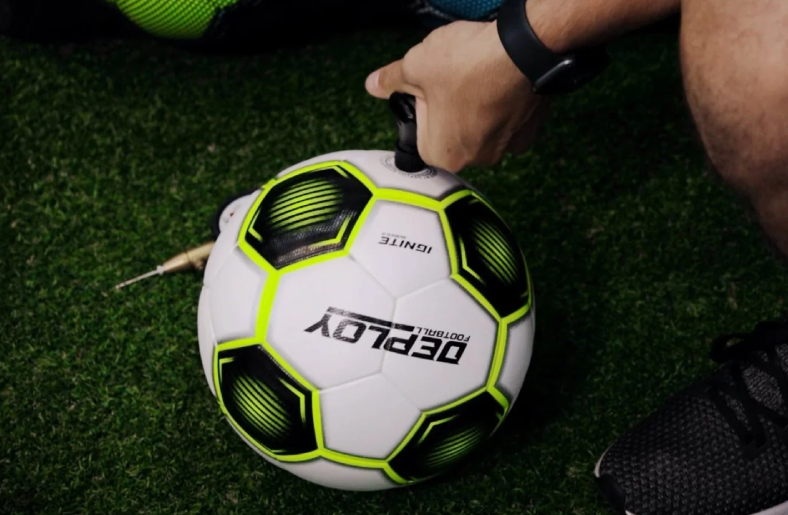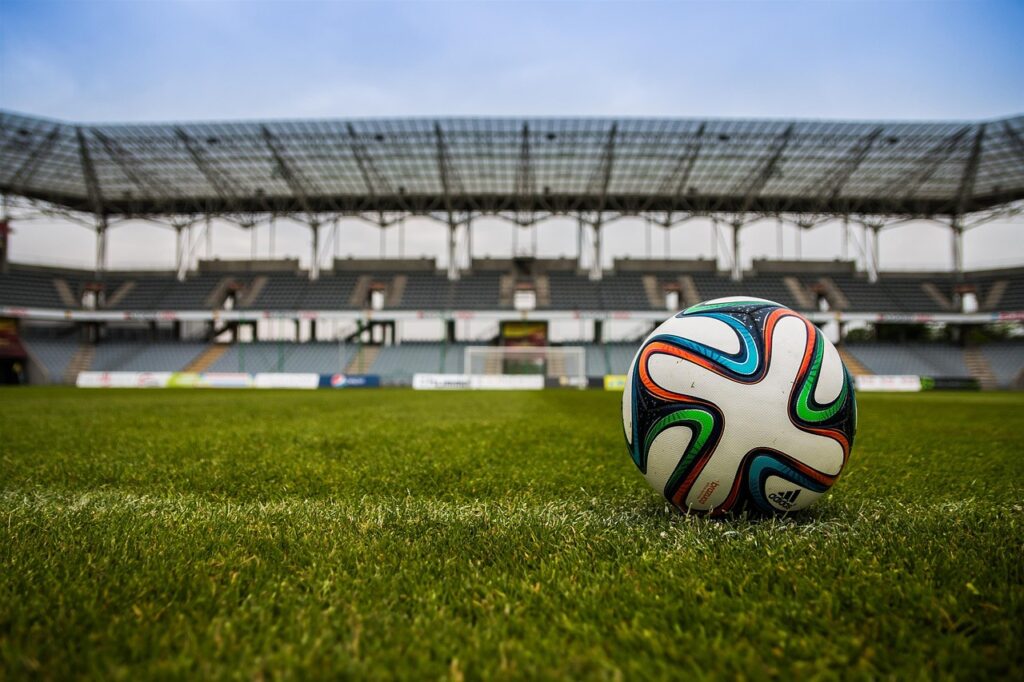Proper inflation is crucial for ensuring a football or soccer ball performs optimally. Whether you’re an athlete or just enjoying a casual game, keeping the right football ball psi or soccer ball psi guarantees better control, accurate shots, and longer ball life. In this guide, we’ll cover everything you need to know about inflating a football properly, including the right football pressure in psi, soccer ball pressure psi, and how to check and maintain it.
1. Understanding Football and Soccer Ball PSI
What is PSI and Why is it Important?
PSI stands for Pounds per Square Inch, a measurement of air pressure inside a ball. Proper air pressure affects how well a football or soccer ball bounces, rolls, and responds to kicks. If the ball is over-inflated or under-inflated, it can drastically affect game performance and even increase the risk of injury. The correct football pressure in psi ensures that the ball behaves as intended, offering consistency and reliability during play.

Football PSI vs. Soccer Ball PSI
The recommended football pressure in psi is usually between 12.5 and 13.5 psi. For soccer balls, the soccer ball pressure psi varies depending on the ball size, typically ranging from 6 to 16 psi. Correct inflation is essential whether you’re using a size 3, 4, or 5 soccer ball.
Also Read:
FIFA Football World Cup 2026: Key Highlights
2. Recommended PSI for Different Ball Sizes
Football PSI Guidelines
For standard size 5 footballs, the ideal football psi is usually between 12.5 and 13.5 psi, according to regulations. This ensures that the ball has enough bounce and doesn’t feel too hard or too soft during play. Over-inflating can make the ball hard to control, while under-inflating can result in poor performance.
Soccer Ball PSI Guidelines
The soccer ball pressure psi varies based on ball size:
- Size 3 Soccer Ball: For kids’ games, the recommended psi for size 3 soccer ball is typically 6-8 psi.
- Size 4 Soccer Ball: Common in youth leagues, the psi for size 4 soccer ball ranges from 8-10 psi.
- Size 5 Soccer Ball: Used in professional and adult games, the psi for size 5 soccer ball should be 8.5-15.6 psi.
To make it easier, here’s a quick soccer ball psi chart:
| Soccer Ball Size | Recommended PSI |
|---|---|
| Size 3 | 6-8 psi |
| Size 4 | 8-10 psi |
| Size 5 | 8.5-15.6 psi |
Also Read:
Top 25 Best Men’s Football Club Managers in Europe
3. How to Check and Inflate a Football Properly
To ensure proper inflation, you’ll need a few tools, such as a soccer ball pump with gauge and a soccer ball pressure gauge. These tools will help you monitor and maintain the right pressure of soccer ball or football.
Step-by-Step Guide on Inflating a Football or Soccer Ball
1. Check the Current Pressure:
Use a soccer ball pressure gauge to check the ball’s current PSI. Most balls have the recommended PSI printed near the valve, so make sure you’re aiming for that range.
2. Attach the Pump with a Gauge:
Insert the needle of the soccer ball pump with gauge into the ball’s valve. The gauge will show the current PSI as you start pumping. If the PSI is too low, add air slowly.
3. Inflate to the Correct Pressure:
Add air in small increments while monitoring the gauge. For a soccer ball, adjust the air pressure according to its size:
- Air pressure for a size 3 soccer ball should be 6-8 psi.
- For a size 4, inflate to 8-10 psi.
- The psi for size 5 soccer ball is 8.5-15.6 psi.
4. Test the Feel:
Once inflated to the proper PSI, test the ball by bouncing it on a hard surface. It should respond with a firm bounce but still feel soft enough for control.
4. Signs of Over or Under-Inflation
Proper inflation is key to ensuring the ball’s durability and performance. Here are signs your ball might be over or under-inflated:
- Over-Inflated Ball:
- Feels too hard when kicked.
- Has excessive bounce.
- Increases the risk of injury.
- Under-Inflated Ball:
- Feels soft and lacks bounce.
- Difficult to control during the game.
- May not travel as far when kicked.
Both over and under-inflation can reduce the lifespan of your ball, so always check the soccer ball psi regularly to ensure it stays within the recommended range.
5. Best Practices for Maintaining Correct Ball Pressure
To ensure your ball stays in peak condition, follow these best practices:
- Check the Pressure Regularly: It’s recommended to check the pressure of soccer ball or football before every game. Even a slight drop in football pressure psi can affect performance, so keep a soccer ball pressure gauge handy.
- Store Properly: Temperature changes can affect air pressure. Store your ball in a cool, dry place to prevent it from losing or gaining air pressure unnecessarily.
- Use the Right Equipment: Invest in a quality soccer ball pump with gauge and a durable pressure gauge to ensure you can monitor the air pressure for a soccer ball accurately.
- Check FIFA Standards: For professional matches, always refer to FIFA regulations. The FIFA ball air pressure standard is between 8.5 and 15.6 psi for size 5 balls, so make sure your ball meets those criteria.
Inflating a football or soccer ball properly is essential to its performance, longevity, and safety. By following the correct PSI guidelines—whether it’s football psi size 5 or the air pressure for a size 3 soccer ball—you’ll ensure that your ball performs its best during every game. Use the right tools, like a soccer ball pump with gauge and a soccer ball pressure gauge, and regularly check your ball’s air pressure to prevent over- or under-inflation.
By understanding the importance of correct football pressure in psi and soccer ball psi, you can enhance your gameplay, ensure safety, and extend the life of your sports gear.

